Zoological Surrealism: The Nonhuman Cinema of Jean Painlevé
When and Where
Speakers
Description
Before Jacques-Yves Cousteau, there was Jean Painlevé. Trained at the Sorbonne in the natural sciences and engaged with the aesthetic avant-gardes of his era, Painlevé, along with his primary collaborator Geneviève Hamon, combined a scientist's eye with a Surrealist's sensibility to produce a cinematic bestiary of over 200 films that broke ground in the fields of scientific cinema, nature films, and experimental media. Combining scientific rigour (many of his films began in a research context), cutting-edge technique, and a sense of wonder for zoological phenomena, Painlevé won the admiration of Luis Buñuel, Germaine Dulac, Jean Vigo, Jean Renoir, Sergei Eisenstein, Roberto Rossellini, Pablo Picasso, and the Surrealists.
Painlevé's films document the strange forms, love lives, and dietary habits of uncommon creatures with a generous curiosity, an appetite for the unusual, and a razor-sharp wit, which is evident in his wry commentary and adventurous use of hot jazz and experimental music on his soundtracks. While Painlevé worked in the tradition of the great French natural historians such as Georges Cuvier and Jean-Baptiste Lamarck, he also drew upon the spirit of Jean de la Fontaine in creating fables where the careful observation of animal life also casts a critical eye on human existence. —James Cahill
The Octopus (La Pieuvre) (dir. Jean Painlevé \ France 1928 \ 13 min. \ Digital)
The Seahorse (L'Hippocampe) (dir. Jean Painlevé \ France 1934 \ 15 min. \ Digital)
The Vampire (Le Vampire) (dir. Jean Painlevé \ France 1945 \ 9 min. \ 35mm)
Acera, or the Witches' Dance (Acéra ou le bal des sorcières) (dir. Jean Painlevé \ France 1972 \ 13 min. \ Digital)
Liquid Crystals (Cristaux liquides) (dir. Jean Painlevé \ France 1978 \ 6 min. \ Digital)


